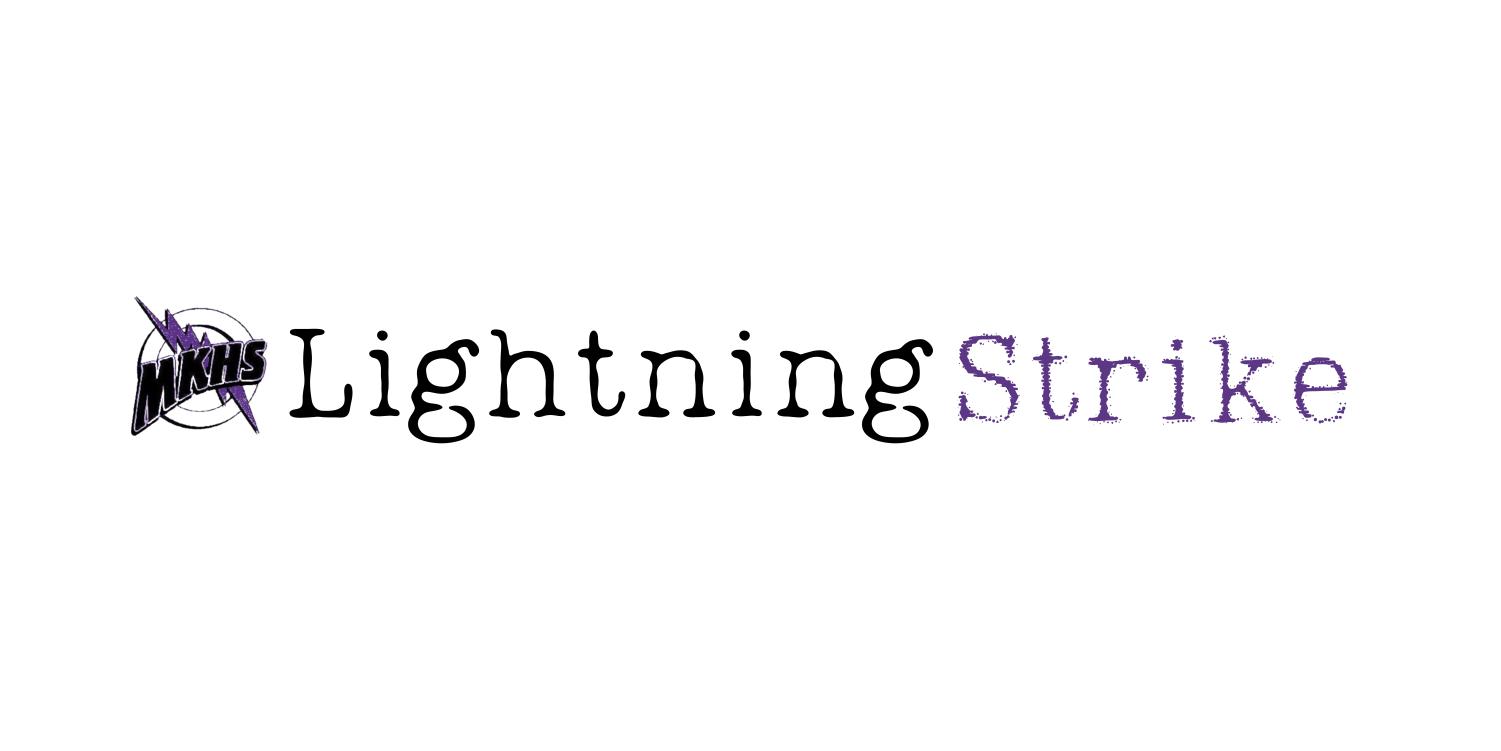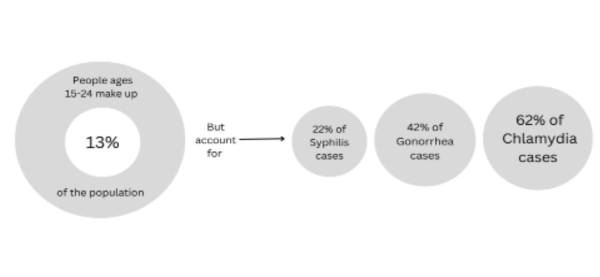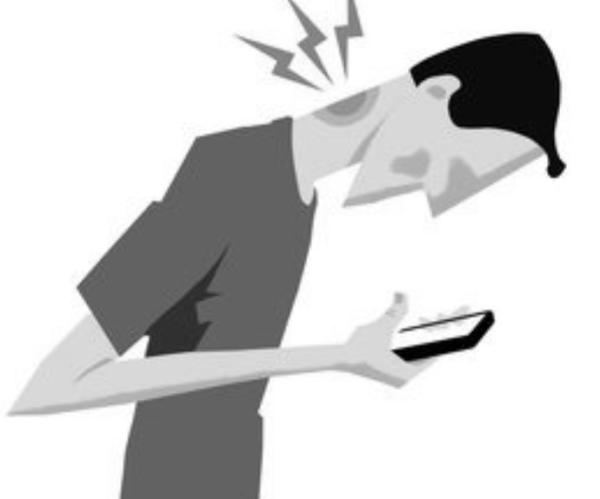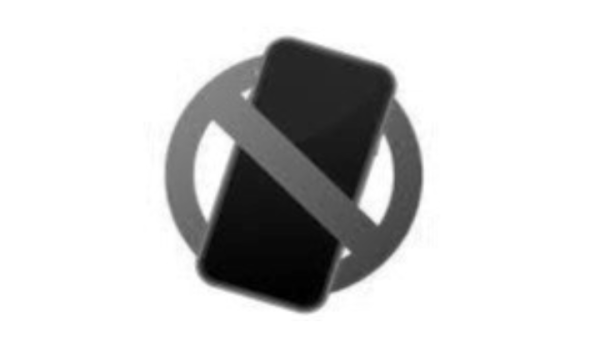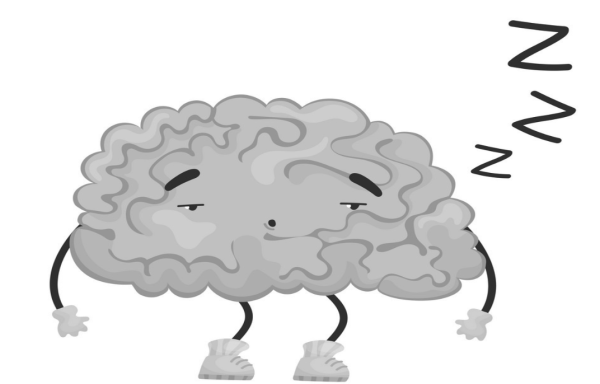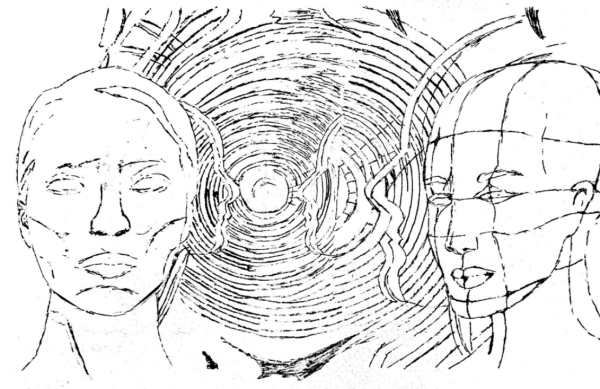Emojis: The universal language of self-expression
Emojis have become a universal language in today’s digital age, helping people express themselves in ways that words alone cannot. Over the years there have been many iterations and developments to emojis. From a simple Japanese software program in 1999 to a world renowned and fun part of digital messaging, these small images have revolutionized how we digitally communicate in today’s world.
Japanese interface designer Shigetaka Kurita is considered to be the founder and creator of emojis. In 1999, Kurita originally created the first 176 emojis for a software program called i-mode, a Japanese mobile internet program, to replace words with pictures to use less data.
The emojis originally became accessible outside of Japan through different programs and apps that allowed people to copy and paste the icons into messages and emails. Apple later launched its own emoji keyboard for iOS in 2011, and Android did the same two years later.
According to Envato Blog, Angela Guzman, a Colombian-American graphic designer, designed the original set of Apple emojis as an intern at Apple. Apple first released its first set of emojis along with the iOS 2.2 update for iPhones in November of 2008. This first release contained a total of 471 emojis, which were limited to Japanese iPhone models, only to then later added to all models.
Emojis have come a long way since their origin, undergoing numerous improvements and variations over the years. From helping us express our emotions to completely replacing words, emojis have evolved the way we converse.
